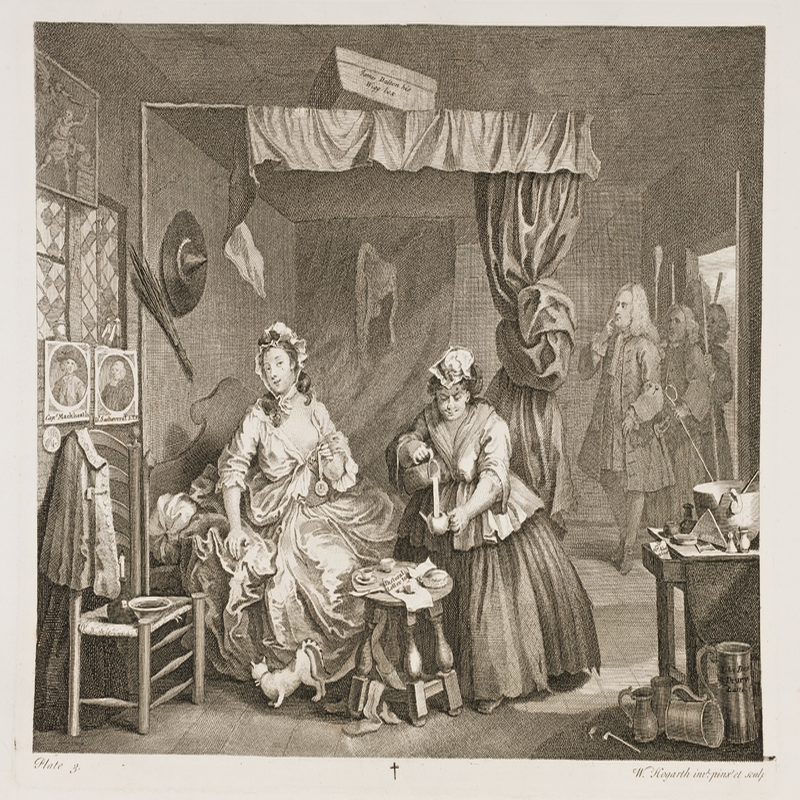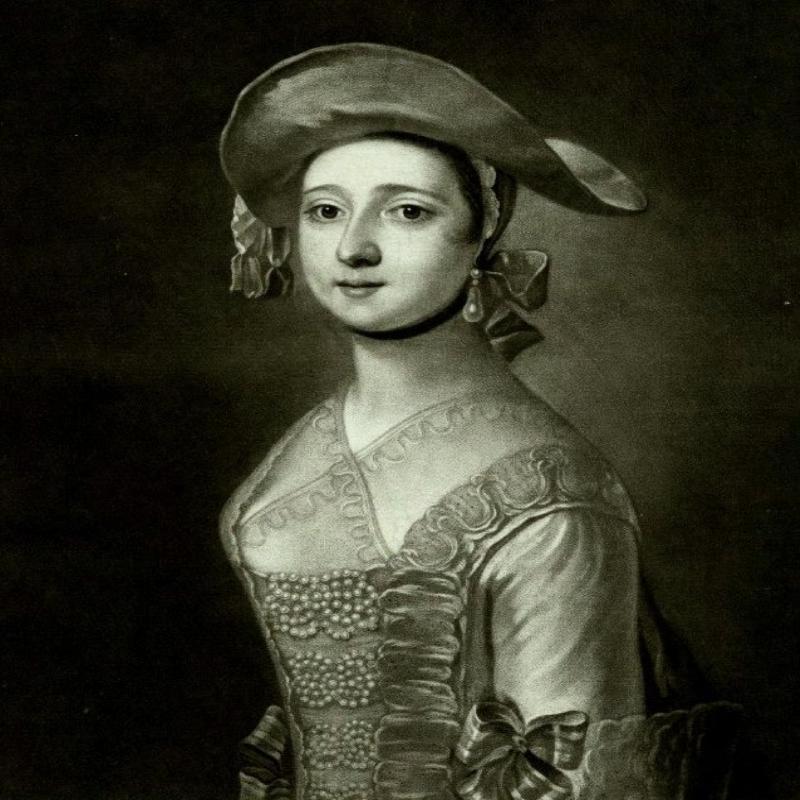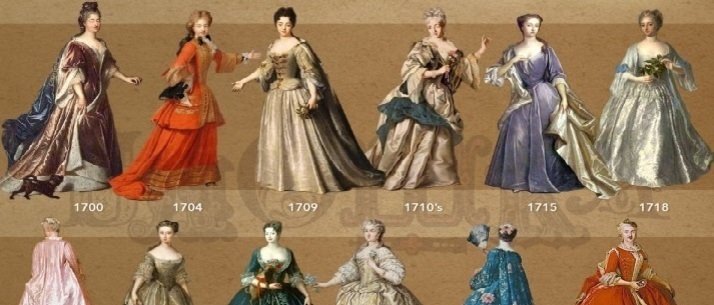Harris's List: Pimps and Prostitutes of Old London Town
Posted on 11th March 2023
By the latter half of the eighteenth-century London was the commercial and financial centre of the world, a city teeming with more than a million souls which lay at the heart of a burgeoning Empire. It was the place to be seen and to make one's fame and fortune; but it was also Hogarth's London, a cauldron of death and disease, of crumbling buildings and drunken licentiousness, a den of thievery and hucksterism. It was the London of Gin Lane and the Harlot's Progress, of Mary Hackett, soon to be Moll Hackabout, the innocent country girl debauched by drink who sold her body, contracted syphilis and was dead at 24.
But if money was its religion, then sex provided its sin, and if the former could be hard to come by the latter was always readily available.
Men seeking sexual satisfaction outside of the marriage bed was nothing new and the world's oldest profession provided the means to do so and perhaps as many as 25% of women in the city sold their bodies at one time or another to make ends meet, and there were at least 10,000 plying their trade at any one time.

Harris's List, published between 1757 and 1795 was a Directory of supposedly respectable prostitutes then, working in Covent Garden and the streets thereabout.
Widely seen as the pleasure dome of London, Covent Garden was as a beehive to the wealthy young men of the city and those of greater vintage but no less sexual ambition, and its reputation for hedonism spread far and wide. Giacomo Casanova, who knew about such things, wrote of Covent Garden that it provided -a wonderful debauch; while James Boswell, the noted biographer of Dr Johnson, was impressed by the variety of entertainment on offer and indeed its value for money - from the splendid Madame at 50 guineas a night to the civil nymph who could be had for a pint of wine and a shilling.
A Directory of London’s prostitutes was not a new phenomenon - taking advantage of the demise of the Commonwealth and the return of dynastic politics in the figure of King Charles II, the so-called Merry Monarch, in 1660 The Wandering Whore was published, but despite the fact it declared itself a warning not an incitement - the Exquisite Whore and the Pimping Hectors were to be avoided - the hostility of previously puritanical London saw it last only five editions.
Another forerunner of Harris’s List was ‘Kind Women, and Others of the Linen Lifting Tribe.’ Published in 1691, it was less reticent than its predecessor and described in detail those who were for sale: Mary Holland is tall, graceful, and comely; shy of her favours but open to persuasion for a fee of around ten pounds.
This was indeed expensive and beyond the means of most and so the magazine went on to say that her sister Elizabeth was indifferent to money and a good supper, and two shillings would suffice.

Harris’s List was to adopt a similar tone and format providing more than a simple directory of names but also helpful descriptions of the prostitutes themselves – how they looked, their personal merits, their specialities, and their price.
The List could be quite provocative in its prose and would prove pornographic in its use with a much-thumbed copy greatly sought after by those unable to enjoy the delicacies on offer but desirous of a similarly pleasurable effect:
The charms of Miss Conway of 50 Sloane Square were described thus: She has so many enchanting graces, that they are quite irresistible. It is impossible to withstand the artillery of her eyes, as the winged lighting of her hair, her lips, her everything, are so transporting, charming, as to fill every beholder with rapture.
The 1788 entry for Mrs Dodd of 6 Hind Court, Fleet Street adopted a different approach: Reared on two pillars of alabaster, the symmetry of its parts, its borders enriched with wavering tendris, its ruby portals, and the tufted grove that crowns the summit of the mount, all join to invite the guest to enter.
The same year Miss Davenport’s entry read: Her teeth are remarkably fine, she is tall, and so well-proportioned when you examine her full naked figure, which she will permit you to do.
Miss Chicamp of 2 York Street: One of the finest fattest figures, as fully finished for fun and frolic as fertile fortune ever formed.

All sexual persuasions were catered for in Covent Garden and it was said that if a woman seemed unusually tall and wore too much makeup then the likelihood was, they were a man, not that male prostitutes ever appeared in the List for sex between men remained the vice that dare not speak its name. It was not so for women, even if the later Victorians would refuse to formally acknowledge the existence of lesbianism it remained in the public imagination to be a higher form of love, and so it was in Harrison’s List:
Miss Wilson of Cavendish Square: As a female bedfellow can give more real joys for a woman than ever, she experienced with the male part of the sex.
Anne Redshawe: She will always provide a discreet service for those ‘women of the highest keeping.’
Harris’s List would often boast of Covent Garden’s high-profile clients, among them the leading Whig politician Charles James Fox, the author Horace Walpole, and nobility such as Augustus I of Hanover; and it would wax lyrical about such encounters as for example with this 1764 entry for the supposed visit to Miss Wilmot of King George III’s brother Edward, Duke of York:

He gazed upon her for a while with eyes of transport and fondness, and gave her a world of kisses, at the close of which in a pretended struggle, she contrived matters so artfully that the bedclothes have fallen off her naked beauties lay exposed at full-length. The snowy orbs on her breasts by their frequent rising and falling by beat Cupid’s alarm drum to storm instantly in case an immediate surrender should be refused. The coral-lipped mouth of love seemed with kind movements to invite, nay to provoke and attack, while her sighs, and eyes half-closed, denoted that no farther resistance was intended. What followed may be better imagined then described.
They also frequented the salons and parlours of women who considered themselves courtesans in the French style, who sold more than sex satisfying the lustful nature of both mind and body.
Some would marry their clients, for example Harriet Powell wed the Earl of Seaforth while Kitty Fisher who married Sir John Norris was a favourite model of the Court painter Sir Joshua Reynolds and became somewhat of a celebrity.
Fetishes were also catered for:
The Miss Bryan and Smith Sisters, 7 Windmill Street: Miss Bryan is tall and thin, her complexion is dark, her sister Miss Smith is plump and fair; the ladies have seen their thirtieth but are still agreeable pieces for the winter season to those not over nice about delicacy both being illiterate and dedicated to swearing; it is said they are both dexterous in the use of the birch and rod; the price of these lecherous girls varies very much, but half a guinea is always acceptable.
But not all entries were complimentary indicating that some had been shy of paying for the emulsifying words of a favourable biography:
Miss Berry was almost rotten and her breath cadaverous.
Miss Jenny Kirkbeard had a violent attachment to drinking.
Miss Dean exhibited great indifference whilst entertaining her client cracking nuts as he acted his joys.
The List also provided insight into the racial and religious diversity of the city.
Miss Wilkinson, 27 Litchfield Street: The land of Jamaica is the native soil of this wanton Cyprian female, though she cannot boast a complexion delicately fair, yet it must be acknowledged her features are very pleasing.
Miss Lawrie, 6 Church Street: The religion of the Jews will not permit them to eat pork, or feast with Christians; how strictly this lady may adhere to these particulars in her articles of her faith we cannot positively tell; but this we can say for truth – she has not the least objection to Christian concupiscence and will open her Synagogue of love even on the Sabbath.
The authors of Harris’ List remain somewhat vague and would become even more so over the almost forty years of its existence as the need to remain secret from the prying eyes of the moral guardians of society who, though fewer in number than later generations, were no less outraged.
Even in a city where corruption was endemic and infected the highest echelons of the social and political elite there was no immunity from prosecution.

The List itself is believed to have originated with John Harrison, a well-known and wealthy Covent Garden pimp who worked from the Shakespeare’s Head Tavern where he kept a detailed list of his prostitutes and their clients. These records he shared with a failed writer and Grub Street hack John Derrick who used them to produce Harris’s List.
It was published anonymously however, to avoid falling victim to the next surge of moral condemnation that was always just around the corner, and the clampdown that would inevitably follow.
Despite this, little effort was made to restrict its distribution and it was openly sold by street vendors and in the taverns and shops in Covent Garden and along The Strand.
But then Harris’s List wasn’t intended for the common man and few of London’s many prostitutes ever appeared in it, the many ‘street whores’ forced to sell their bodies for a penny not a shilling or a pound merely to feed their families and make ends meet. Common men and women having sex was simply what happened and was best ignored. It was the corruption of wealth and decent society that concerned people.
The Proclamation Society was formed in the summer of 1787, following King George III’s call for the Encouragement of Piety, Virtue, and the Punishment of Vice, Profuseness, and Immorality.
Such a formal proclamation had been long sought after by moral campaigners such as William Wilberforce to provide impetus to their determination to root out the sin and moral corruption in high places. It would later develop into a movement to improve the morals of the people in general. In this it would fail simply driving it further underground and in fact more pornography was sold and distributed in London during the Victorian era than at any time previous.
One of the first victims of the new moral broom sweeping London clean of vice was Harris’s List which following the arrest, prosecution, and imprisonment of a number of those found to be associated with its production ceased to be published.
The last edition came out in 1795 following a period of harassment that had seen the quality of writing diminish and its sales decline from its peak circulation of 8,000 four years earlier.

Further Extracts:
Miss Godfrey, 22 Upper Newman Street: If parts can conquer great and small, sure, Miss Godfrey, must needs do all.
This lady is a kind of boatswain in her way, and when she speaks every word is uttered with a thunderous and vociferous tone. She is a fine lively little girl, about twenty-two, very fond of dancing, has dark hair and eyes, well-shaped, and an exceedingly good bedfellow, will take brandy with anyone, or drink and swear. This lady would be an extraordinary companion for an Officer in the army, for she would save him the effort of giving the word of command.
Miss Wells, 35 Newman Street: Virtue is the surest guide. She is a young genteel girl of the Welsh breed, and one of which she is not a little proud, and thinks she has the blood of the Tudors in her veins. She is as wild as a goat, of sandy colours, her features are small, and she is a light little piece.
Miss Waterson, 36 Well Street: She lives elegant and is a great economist, is tall and genteel, about twenty-four years of age, rather dark complexioned, a little pitted with the smallpox, her price is one pound but will not refuse half-a-guinea.
Mrs Macartney, Great Titchfield Street: There is nothing gives me so much pride than such amusement with a youth! To whip! To whip! His bold backside when he tells lies instead of truth. Here a very genteel figure unites with a beautiful countenance, heightened with a lovely fair complexion, and very expressive blue eyes; this lady is about twenty-five years, appears conscious of her own consequence, charms, and attractions, and often gives herself airs that were better left aside, for pride and haughtiness in the finest woman cannot fail to be disagreeable.
Mrs Harvey: When drunk would often toss her sparkling bumper and was not a little clever in the art of friction.
Mrs Russell: Was particularly attractive to the young who are fond of beholding that mouth of the devil from whence all corruption issueth.
Share this post:





